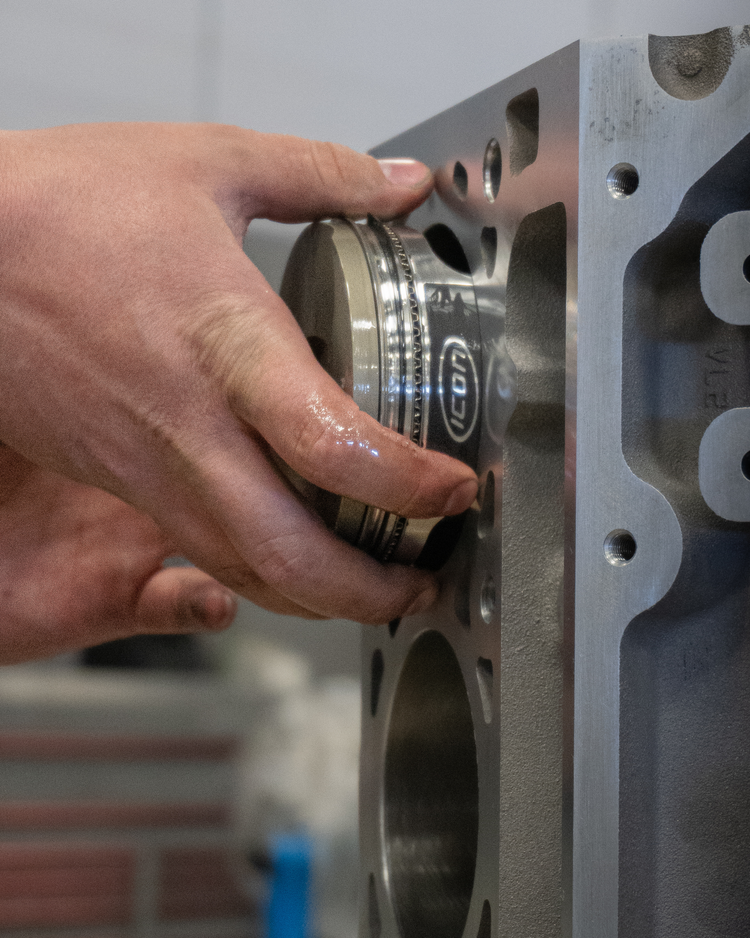The VVT system in the LS engine, while effective in its stock form, has several limitations. Once you introduce performance upgrades such as a new camshaft, forced induction, or intense tuning, deleting the VVT becomes almost necessary. Let’s explore the reasons why VVT falls short and the advantages of removing it, but first, let’s clarify what VVT does.
Understanding VVT
Variable Valve Timing (VVT) in LS engines adjusts camshaft timing to improve efficiency and power output. Although this seems advantageous, it introduces certain limitations, especially when aiming for higher performance or making significant modifications.
Why VVT Falls Short
VVT is tailored for factory performance and emissions standards, not for high-performance scenarios. When adding enhancements like a high-lift camshaft or forced induction, VVT can become a bottleneck. Its limited adjustment range doesn’t align with the demands of aggressive cam profiles or high RPM operation.
In its factory configuration, VVT enhances low RPM torque by advancing the camshaft. However, its benefits taper off at higher RPMs, potentially causing problems like valve float or incorrect valve timing during high-intensity conditions. This is where a VVT delete comes into play.
Advantages of Deleting VVT
1. Enhanced Camshaft Control
Removing VVT offers more precise control over camshaft timing, essential for performance tuning. This adjustment allows you to fine-tune valve events for your specific needs, optimizing either top-end power or low-end torque.
2. Better Reliability
VVT adds complexity with components like the VVT solenoid and timing chain tensioner. Over time, these parts can fail, leading to potential engine damage or costly repairs. By eliminating VVT, you simplify the engine system, reducing the likelihood of mechanical failures and enhancing reliability.
3. Easier Tuning
Without VVT, tuning becomes more straightforward. The absence of variable cam timing results in more consistent and predictable performance tuning. This is particularly advantageous when using aftermarket camshafts or other modifications, as you can customize cam timing to fit your build precisely.
4. Performance Improvements
Switching from VVT to a fixed cam gear or a non-VVT camshaft can lead to significant performance enhancements. You can now choose camshafts with more aggressive profiles, resulting in increased lift, duration, and power, especially at higher RPMs where VVT would typically struggle.
Final Thoughts
Leaving the VVT system in its original state means sacrificing potential performance and reliability that are easily attainable with a VVT delete. To make this upgrade seamless, we recommend the PowerHouse Gen IV LS VVT Delete Kit. This kit includes everything you need, including ARP cam bolts, to ensure a smooth transition and optimal performance.
If you would like to delete your VVT, you can check out our kit here.


